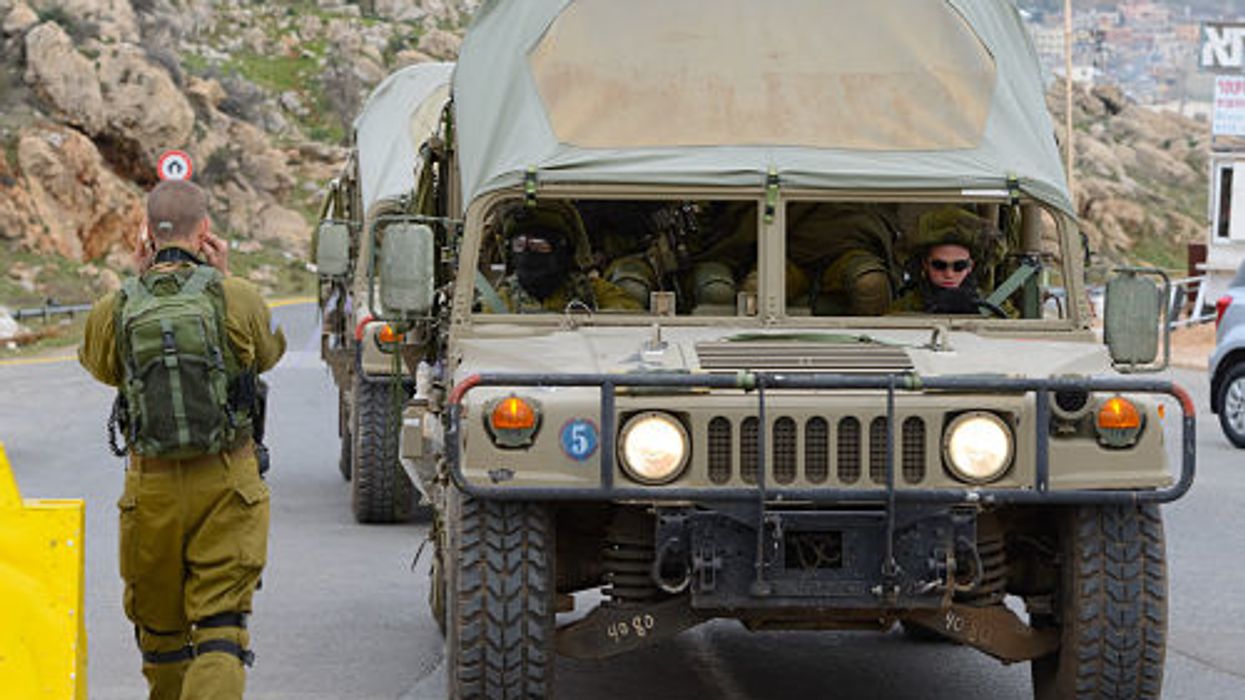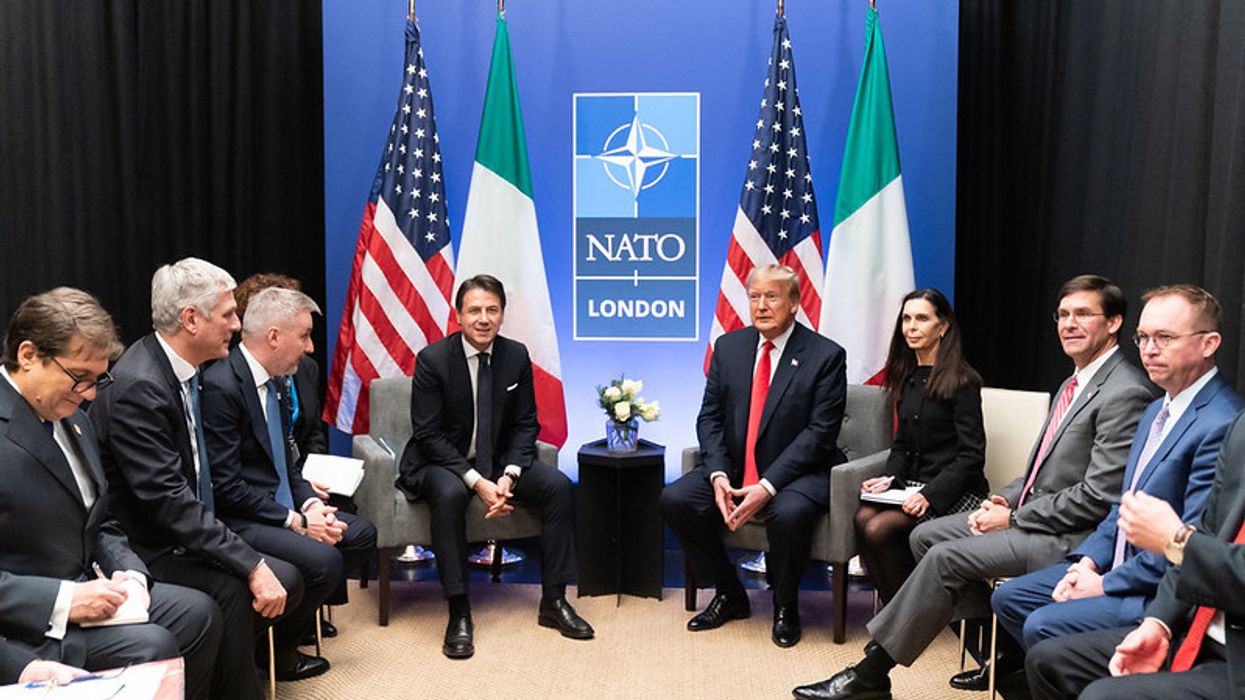Trump's Ukraine Betrayal Puts Him First -- And America Last
When Donald Trump and JD Vance roughed up Volodymyr Zelensky at the White House, their back-alley bullying was ... unpresidential, to put it politely. Tony Soprano would have displayed more diplomatic finesse than Trump, and the mobster's henchmen always had more dignity than Vance.
To vilify an American ally so publicly while spewing Russian propaganda points was a stunningly coarse betrayal.
But make no mistake in understanding what lies behind that contemptible episode, which represents the abandonment of American values and commitments under the banner of "America First." At this moment of national peril, let's not forget where the Trump gang found their foreign-policy slogan.
An organization purporting to represent the national interests of this country in the years before the Second World War, "America First" in fact served as a front for a hostile foreign power that sought to impose an authoritarian order on Europe and the world, with tactics designed to divide and deceive the American people.
In many ways, "America First" resembled the MAGA movement that undermines democratic institutions at home and promotes autocratic regimes abroad. And just as "America First" was subsidized and sometimes directed by agents of Hitler's Germany, MAGA now appears to be the Western front for Russia's ongoing subversion of democracies around the world.
Does that mean Trump himself has adopted the authoritarian outlook of the Kremlin's pet political philosophers? He doesn't seem capable of geopolitical thought beyond the most superficial. But it doesn't have to be complicated to work for Trump. Russia constantly offers big inducements to him, such as the secret election assistance its agents flashed at his campaign in 2016 (an invitation eagerly embraced by Donald Trump Jr. and later by campaign manager Paul Manafort).
Whatever his motive, Trump's subservience to Vladimir Putin is now beyond dispute, as he openly lies about the Russian dictator's invasion of Ukraine, while threatening and undermining Zelensky. He may well believe that a "peace deal" would bring his long-coveted plans for Trump Tower Moscow to fruition, not to mention all the other corrupt emoluments that Putin's oligarchs could lay before him. (Russians have already "invested" in his Truth Social money pit and must be snapping up pricey Don and Melania cryptocurrency meme coins by the thousand.)
And let's not forget the perpetually insecure Trump's insatiable need for flattery. In his sordid way, he has repeatedly nominated himself for the Nobel Peace Prize, proclaiming on many occasions that he "deserves" the Norwegian honor more than others who received it, and obliging his sycophants to utter the same nonsense. Watching the prize slip away as Zelensky insisted on security guarantees surely frustrated him — and led to that juvenile outburst in the Oval Office.
His relentless pursuit of financial and personal gain doesn't serve American interests in any way. Trump's campaign to wreck NATO and alienate our military allies in Europe and Canada only renders us less secure in an extremely dangerous world. Those reliable allies had our back after 9/11, the only instance when NATO's mutual defense pact has ever been activated. Trump and his idiot advisers have yet to explain how they will replace the defense and intelligence assets that help to protect us and our allies together, not only in NATO but across the Pacific as well.
Should Trump withdraw military and intelligence support from Kiev, as he menacingly warned Zelenskyy he would, he will shift the massive power of the United States into a de facto alliance with our longtime adversaries — not only Russia, whose media and government organs constantly declare their anti-American hostility, but China and North Korea, both of which have joined the Kremlin's assault on Ukraine.It will be fascinating to hear how Trump's Republican supporters in Congress, who often complain about the growing military and economic power of China, try to justify what their dear leader is doing in Europe. Whatever excuses they may present, we already know that they know that he is putting himself first — and America last.
Joe Conason is founder and editor-in-chief of The National Memo. He is also editor-at-large of Type Investigations, a nonprofit investigative reporting organization formerly known as The Investigative Fund. His latest book is The Longest Con: How Grifters, Swindlers and Frauds Hijacked American Conservatism.












